Leading OEMs and suppliers are no longer treating circularity as an end-of-life concern. Design, sourcing and localisation strategies are being rethought to prioritise reuse, remanufacture and material traceability from day one.

”Circular economies rely on visibility. Investing in systems that help track materials and components across the product lifecycle can turn sustainability initiatives into business drivers”
- Tunç Kip, Automotive Industry Expert, and Co-Founder & CEO of GAMUT
Automotive manufacturers are no longer waiting until the end-of-life stage to think about sustainability. As circular economy principles such as reuse, remanufacturing, and recyclability move upstream into design, engineering, and sourcing, companies are re-evaluating how and when these factors should influence product development.
With more than two decades of experience in automotive product development, sourcing and supply chain strategy, Tunç Kip brings a uniquely global perspective to this shift.
As automotive industry consultant, and CEO/co-founder of engineering and project management firm GAMUT, Kip advises OEMs and tier suppliers on sustainable innovation, with particular focus on EVs, ADAS, and software-defined vehicles.
In this conversation, AMS explores how OEMs and suppliers are beginning to integrate circularity into vehicle and component lifecycles. Drawing on examples from Volvo, BMW, Rivian, Faurecia, Magna and others, Kip outlines how design for disassembly, closed-loop material systems and digital traceability are not only reshaping product strategies, but also serving as differentiators in procurement and market positioning.
Kip also explains why visibility across the supply chain - and early collaboration between engineering, sourcing, and manufacturing - are key to turning sustainability from aspiration into action.
Hi Tunç. In your experience with product development and sourcing, how often are circular economy principles - like recyclability, reuse, or modularity - factored into early design and engineering discussions? And how would you say this can be improved?
These principles are increasingly discussed and required.
Some OEMs are leading the charge. Volvo Cars, for instance, has a firm commitment to using 25% recycled plastics and designing for disassembly by 2025. That’s influencing material and fastening choices right from concept.
Suppliers often begin to assess recyclability or modularity after design freeze. This might be a missed opportunity. A recently coined term, DfD (Design for Disassembly) metrics is becoming more popular and getting incorporated into the gated design process - resulting in reduced material waste, simplified end-of-life handling, and improved cost parity with virgin materials.

Furthermore, Volvo Trucks offers another great example of how these principles are starting to move “upstream.” For its new heavy-duty electric range, the battery packs designed in Ghent are engineered from day one to be remanufactured, refurbished, and reused, rather than discarded at end-of-life. This requirement was written into the product-definition documents that purchasing, design and manufacturing all signed off on before prototype build.
Beyond batteries, Volvo’s Circular Parts/Volvo Reman program involves engineers in the component design stage so the components can survive a second or third life in a remanufacturing loop. By doing so, a reman part uses up to 85 % less raw material and 80 % less energy compared with a new one - savings that would be impossible if the part hadn’t been “reman-ready” at concept freeze.
Company-wide targets reinforce the message: roughly one-third of every new Volvo truck’s weight already comes from recycled material, and 97 % of its cast iron is sourced from recycled iron.
Those ratios are only achievable because material engineers, buyers, and designers are challenged to meet recycled-content thresholds in the earliest gate reviews.
The improvement lies in making circularity part of design KPIs, not just part of sustainability reporting.
Read: Tunç Kip: Human-Machine Interfaces the key to optimised production
Do you see increased interest from OEMs or tier suppliers in developing components or systems with closed-loop manufacturing or reuse strategies in mind? Could you give us some examples?
Yes, particularly in the EV and battery sectors. Redwood Materials is partnering with Ford and Panasonic to build closed-loop battery material supply chains - recycling lithium, cobalt, and nickel for reuse in new cells.
Magna and Faurecia are working on interior components with high recycled content and closed-loop reprocessing of scrap materials. We’ve also helped a tier 2 plastics molder implement a reclaim system for sprues and off-cuts, which are reground and re-fed into their compounding line - saving material costs and avoiding landfill.
This is no longer a niche - it’s becoming a competitive edge and sets the companies apart from the traditional parts manufacturers.
Has localisation of supply chains, which you have noted as a growing trend (in your auto trends podcast appearance) helped support more circular production practices, such as reduced transport emissions or easier reverse logistics? - What advice would you give to OEMS/tier suppliers in this regard?
GM’s Factory ZERO and BMW’s Spartanburg operations both exemplify this. Co-locating suppliers allows for reduced logistics emissions, tighter coordination, and, crucially, enables reverse logistics loops for reusable packaging and recyclable scrap.
Another strong example is Rivian’s Supplier Center in Normal, Illinois. This facility was intentionally built to house and support key suppliers within close proximity to Rivian’s main production plant, enabling a high degree of operational integration.
Localisation can be a sustainability enabler, not just a resilience play in light of recent change in the global supply chain dynamics. Co-location with suppliers, shared material recovery infrastructure, and digital tracking of materials are the foundation for true circularity.
Circularity Is Gains Ground in North American Manufacturing
Tunç Kip’s vision of circularity by design is gaining traction across North American production.
At Automotive Manufacturing North America, 22–23 October 2025, The Henry Hotel, Detroit, engineering, sourcing and manufacturing leaders from GM, Ford, VW, Stellantis, Toyota, Bosch, Gestamp, BorgWarner and others will explore how upstream integration, digital traceability and remanufacturing are reshaping the business case for sustainability.
Book your spaces now to attend North America’s leading automotive production event
With your exposure to suppliers across regions, are there specific examples where circularity has become a differentiator in winning new business or entering new markets?
In the case of aluminum casting, suppliers can offer significant competitive advantage by offering traceable, low-carbon aluminum castings made from 100% recycled content. The ability to certify and trace sustainability metrics was a key decision driver.
In the thermoplastics segment, Domo Chemicals has leveraged its ECONAMID® line of recycled polyamides (PA6/PA66) to differentiate and gain traction, particularly in the European mobility sector. Their products, made from industrial fiber waste and post-consumer materials, are used in under-hood and structural automotive applications.
For several tier 1s supplying major OEMs like BMW and Renault, this offering allowed them to meet recycled content quotas without compromising mechanical performance. In fact, being able to certify recycled input - while offering material properties comparable to virgin-grade polymers - has become a bid-winning factor in European RFPs.
In many RFQs today, circularity credentials are no longer just “nice to have” - they’re scorecard items.
Read more circular production stories
- How BMW is ramping up its circular production principles
- Volvo Cars to use recycled, near zero-emission steel in 2025 models under SSAB deal
- Smart factories and partners power JLR’s circular seat foam
- A conversation with JLR’s Tomasz Jozwiak: end-to-end asset reuse for EVs
And lastly Tunç, could you please tell our audience - what’s one thing that they, as OEMs and tier suppliers need to know/consider when it comes to circular economies in automotive production?
Visibility throughout the supply chain is the foundation of circularity.
Without visibility provided by extensive data, a robust traceability - through digital material passports, QR tracking, or blockchain cannot be achieved. Operations can’t scale recycling, reuse, or stay compliant.
Circular economies rely on visibility. Investing in systems that help track materials and components across the product lifecycle, can turn sustainability initiatives into business drivers.

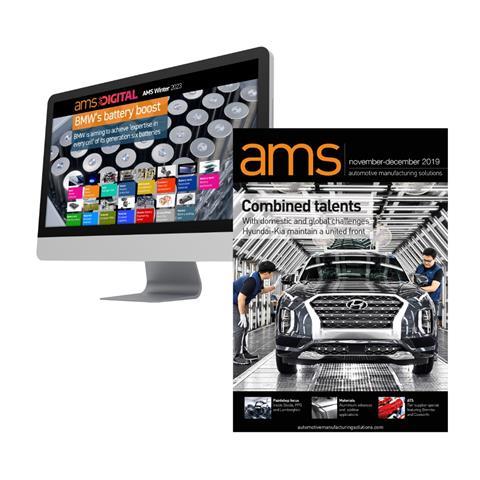




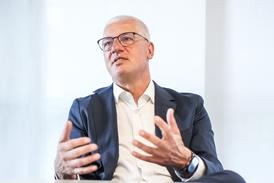




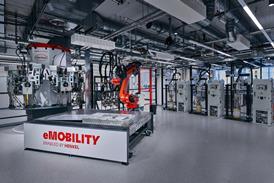




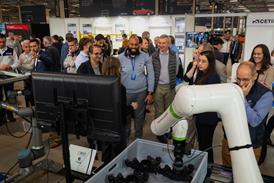


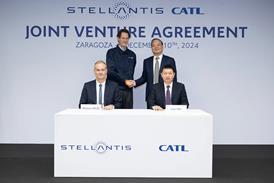
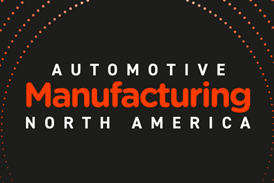
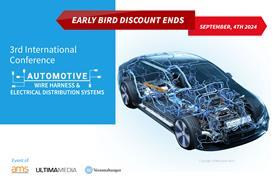

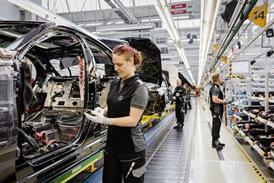






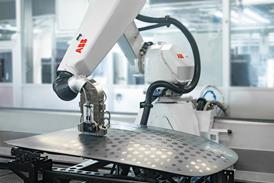
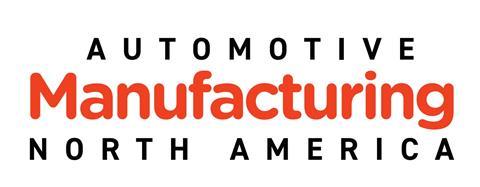


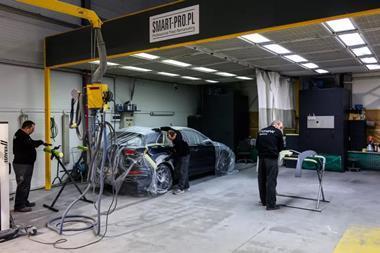


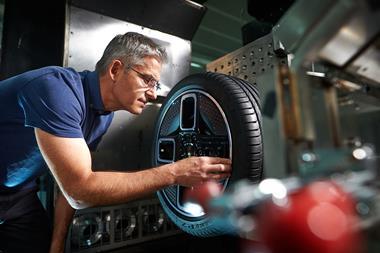



No comments yet